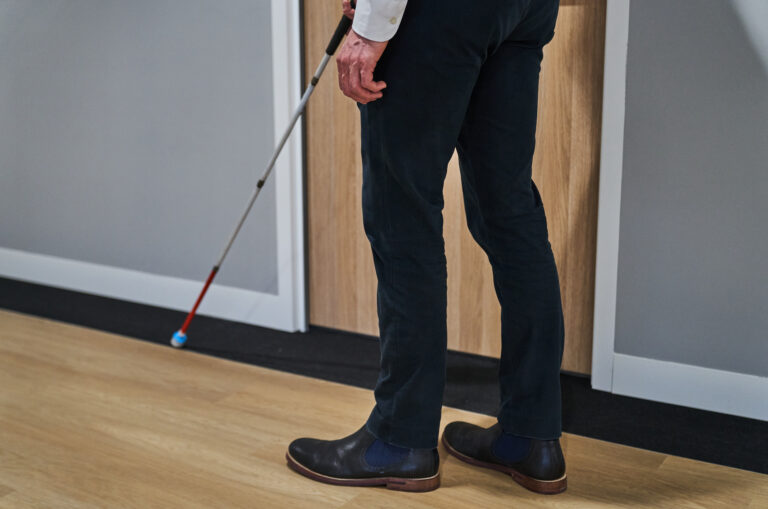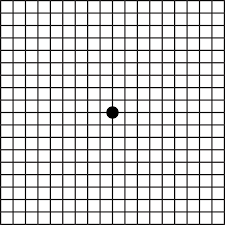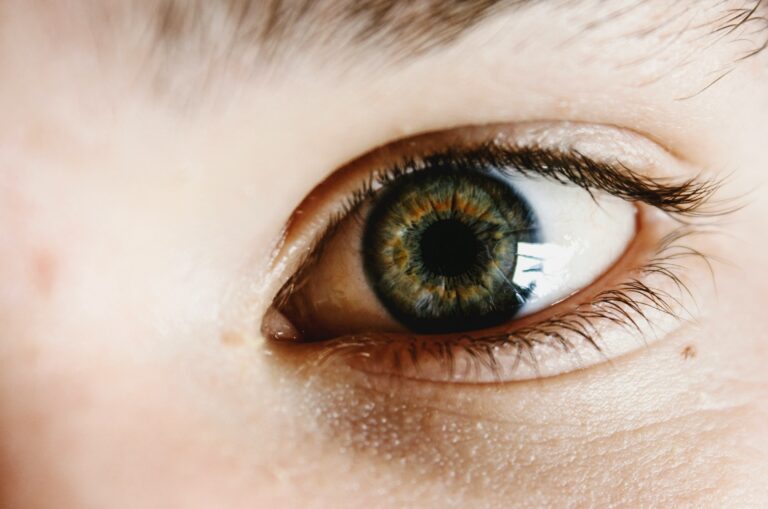About Computer Vision Syndrome (CVS)
Computer vision syndrome (CVS), also referred to as digital eyestrain, is defined as “a complex of eye and vision problems related to near work experienced during computer, tablet, e-reader, or cell phone use.” People who spend two or more continuous hours at a computer or using a digital screen device every day are more at risk of developing CVS.
Viewing a computer or digital screen is different from viewing a printed page. Typically, the text on a screen is not as sharply defined and can also be affected by reduced contrast, glare and reflections In addition, viewing distances and the physical setup may be different to other reading and writing tasks, creating greater demand on the eye focusing and movement systems.
The problem may be worse for those who already require a visual correction such as spectacles or contact lenses. A prescription may be correct for general use, but sustained time in front of the computer may require a more specialised script for this task. Trying to physically compensate for an incorrect or under-corrected prescription can result in posture problems, giving rise to extraocular symptoms such as muscle spasms or pain in the neck, shoulders or back.
Other than optical prescriptions, other common causes of CVS include poor lighting, glare on the digital screen, poor seating posture, and improper viewing distances.
What can we do? Evidence-based treatments and actions:
Spectacles
Spectacles may be adjusted or prescribed for the unique demands of digital screen work. In select cases, vision therapy (exercises) may also improve eye coordination and focus. These treatments are unique to each individual and tailored on a case-by-case basis by an optometrist.
General changes
Apart from glasses, changes in screen display characteristics (such as lighting, glare and display quality) as well as ergonomic positioning and treatment of ocular surface dysfunction (dry eye drops) can all potentially improve symptoms of CVS.
Apart from glasses, changes in screen display characteristics (such as lighting, glare and display quality) as well as ergonomic positioning and treatment of ocular surface dysfunction (dry eye drops) can all potentially improve symptoms of CVS.
| Location of computer screen | 15-20 degrees below eye level.
40-75cm distance from eyes. |
| Reference materials | Best located above the keyboard and below the monitor.
If not possible, a document holder can be used beside the monitor. Ideally, the head should not need to be repositioned to see the document. |
| Lighting | Position computer screen to avoid glare, especially from overhead lighting or windows. |
| Seating position | Chair height should be adjusted so feet are flat on the floor.
Wrists shouldn’t rest on the keyboard when typing. |
| Rest breaks | 20/20/20 rule: for every 20 minutes of computer viewing, look into the distance (at least 20 feet) for 20 seconds to allow the eyes to refocus.
After extended use (every 2 hours) rest for 15 minutes. |
| Blinking | Blink frequency reduces when on screens and hence conscious effort to blink helps keep the front surface of the eye moist. |
| Ocular lubricants | To maintain moist ocular surface and aid in dry eye caused by reduced blink frequency at screens. Please see your optometrist for recommendations. |
Computer Vision Syndrome is very common given current work and lifestyles.
If you are finding that your symptoms match up with those of CVS, the best option is to see your optometrist for advice on the best prescription as well as managing eye coordination, the ocular surface and ergonomic considerations specific to your particular needs.
You might also like
Ready to continue?
Seems like you have filled this form earlier. Let’s pick up where you left off.










